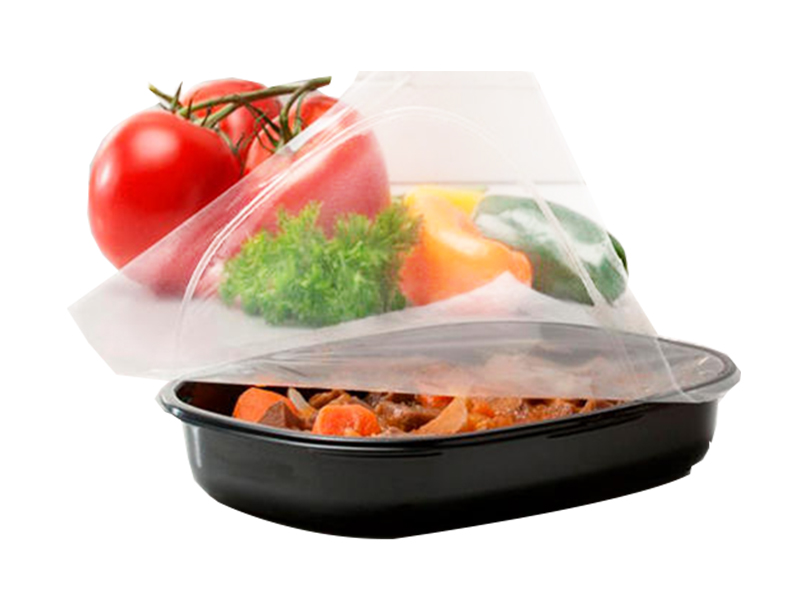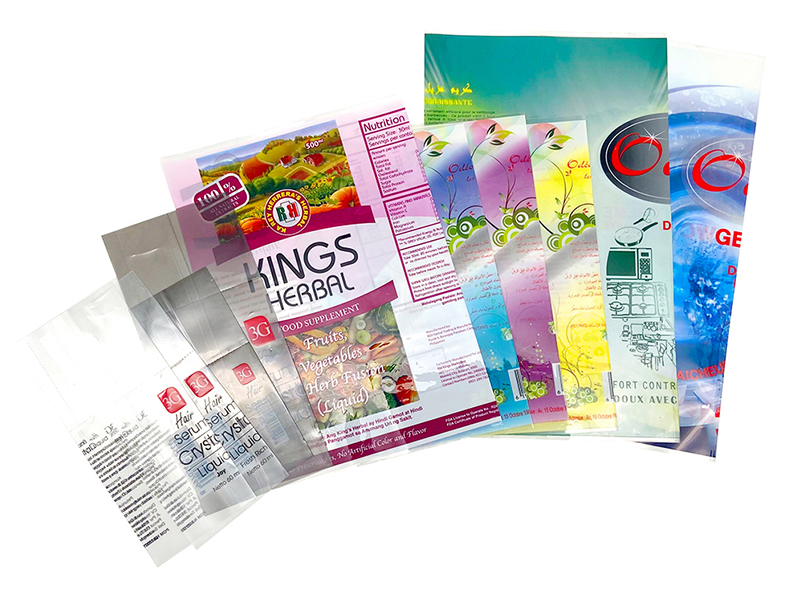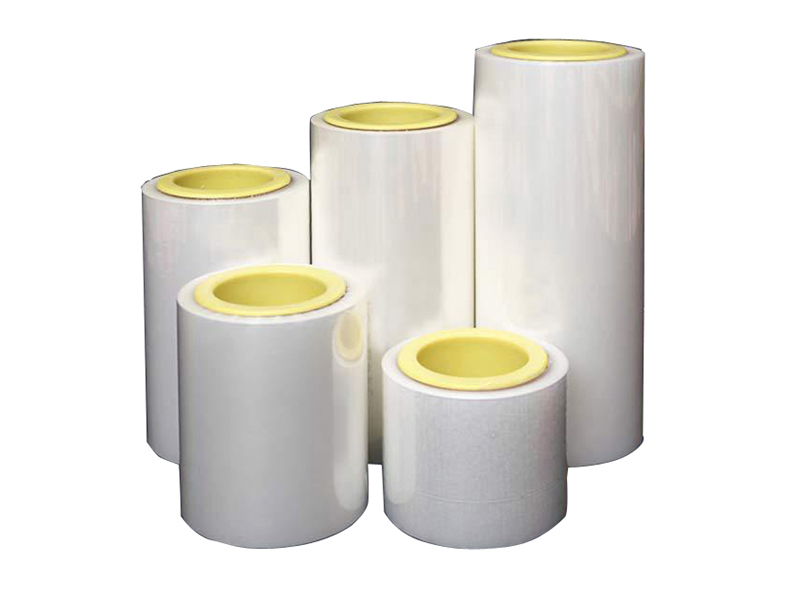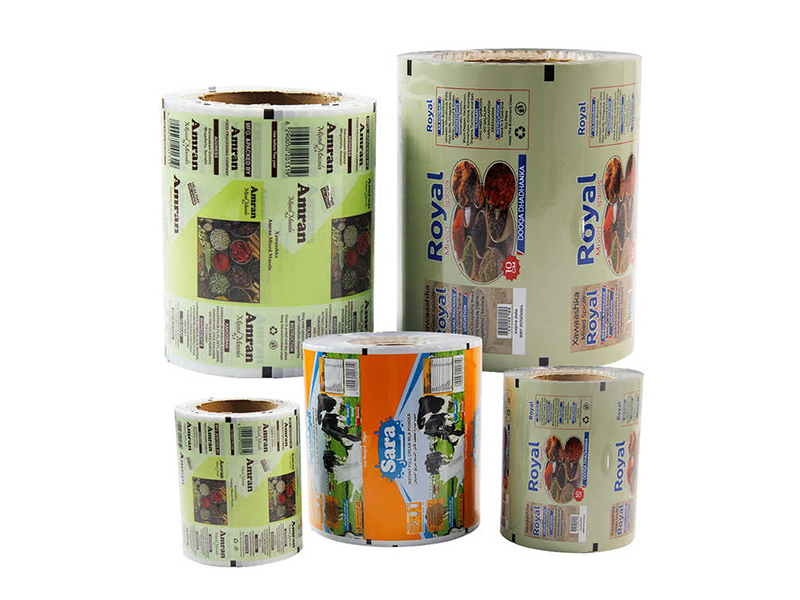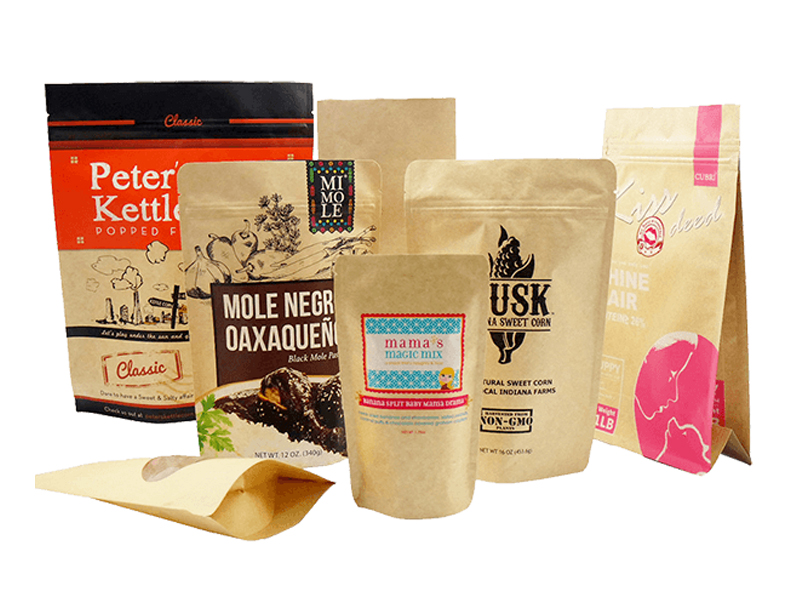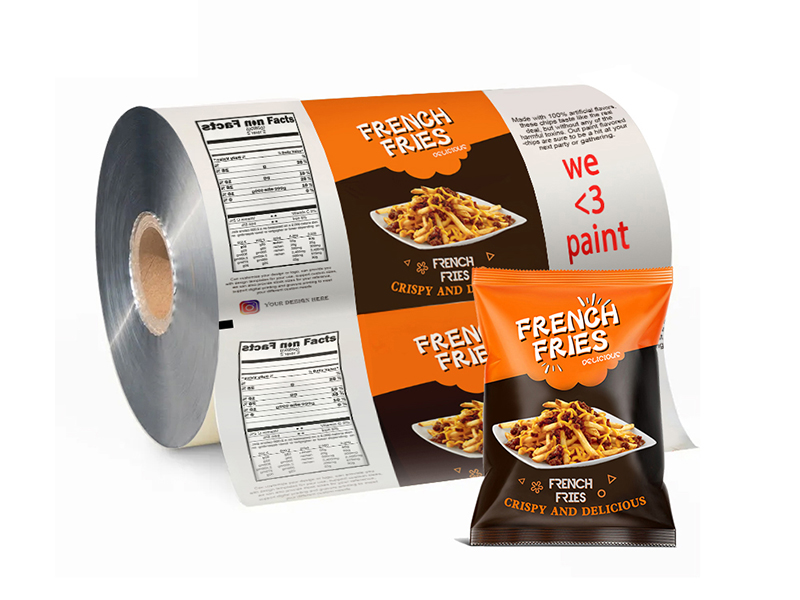Get Custom Quote

Free Graphics

Eco-Friendly

Environmental Friendly Ink

Custom Size & Style

Short Run

Free Delivery

Competitive Price

Fast Turn around
The global EVOH films for the packaging market are increasing. Based on these features, we can use them among various food product manufacturers worldwide.
Molecular Structure of EVOH
EVOH is a random copolymer of ethylene and vinyl alcohol. It is a crystalline polymer that has a molecular structure represented by the following formula:

EVOH stands for Ethylene-vinyl alcohol copolymer and is a flexible, crystal clear, glossy thermoplastic copolymer.This material has excellent flex-crack resistance, and exhibits a high resistance to hydrocarbons, oils and organic solvents. EVOH is known for having some of the best barrier resistance to gases such as oxygen, nitrogen, and carbon dioxide which makes it particularly suited for packaging food, drugs, cosmetics, and other perishable products. When compared to other common films, EVOH is considered to have superior barrier properties. However, when exposed to moisture, EVOH loses its good gas barrier properties. For this reason, EVOH is often used in a multilayer co-extruded film structure with materials such as HDPE, PP and PET, all of which have superior moisture barrier properties.
In the food packaging industry, using a material composition that extends shelf life is a key component to ensuring the safety of the product and preserving the taste of the food. In addition, using packaging material that prolongs a products shelf life can drastically cut down on waste of perishable products, and creates a longer window for grocery stores to stock product before it reaches the hands of the consumer. A great way to achieve this is by using a packaging material that reduces the amount of oxygen that permeates the plastic, such as EVOH, incorporating the material into either a multi-layer coextruded rollstock structure, or an extrusion laminated structure.
While traditional thermoplastic resin materials, such as polypropylene, polyethylene and HIPS, all have a certain degree of inherent barrier properties, they are not typically seen as “barrier” materials.
Polypropylene, for example, is naturally an excellent moisture barrier but does not perform as well when it comes to oxygen permeability. In order to protect the contents of the packaging from both oxygen and moisture, a barrier material must be incorporated into the composition of the sheet – and this is where materials such as EVOH come in.

Sustainability and Environment Protection
The advantage of superior gas barrier properties is that there are fewer raw materials (eg. plastic) that can be used without loss of performance. As a result, the packaging is lighter in weight and does not contain chemicals that are harmful to the environment. In addition, the waste containing the barrier layer can be recovered and recycled.

Get real-time quotes
Interested? Leave your contact details.


